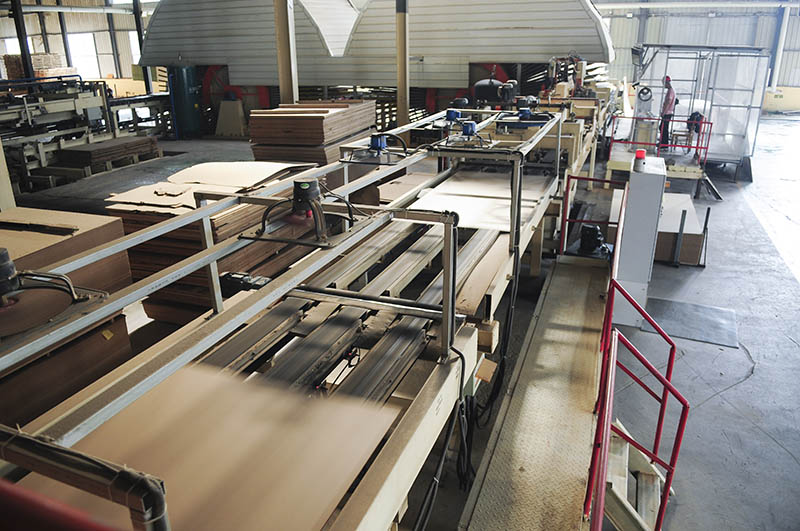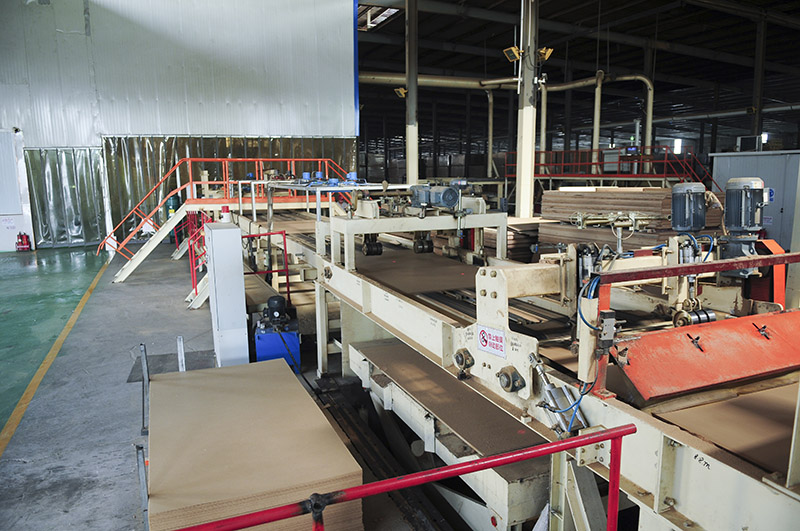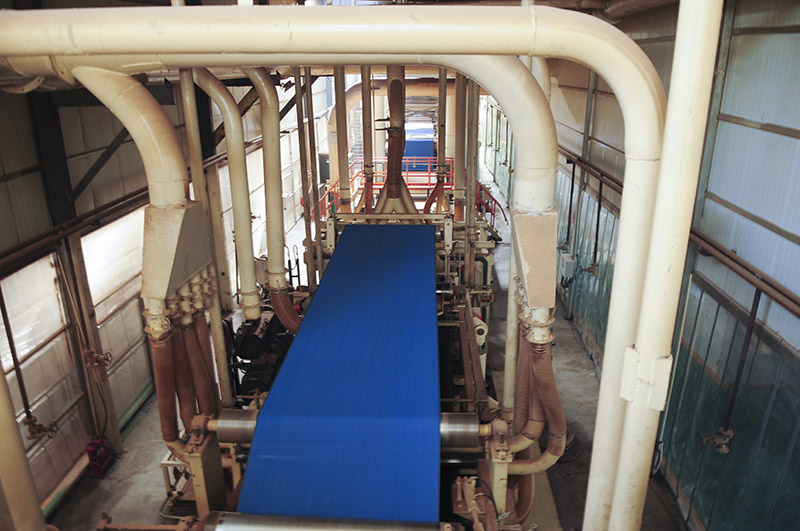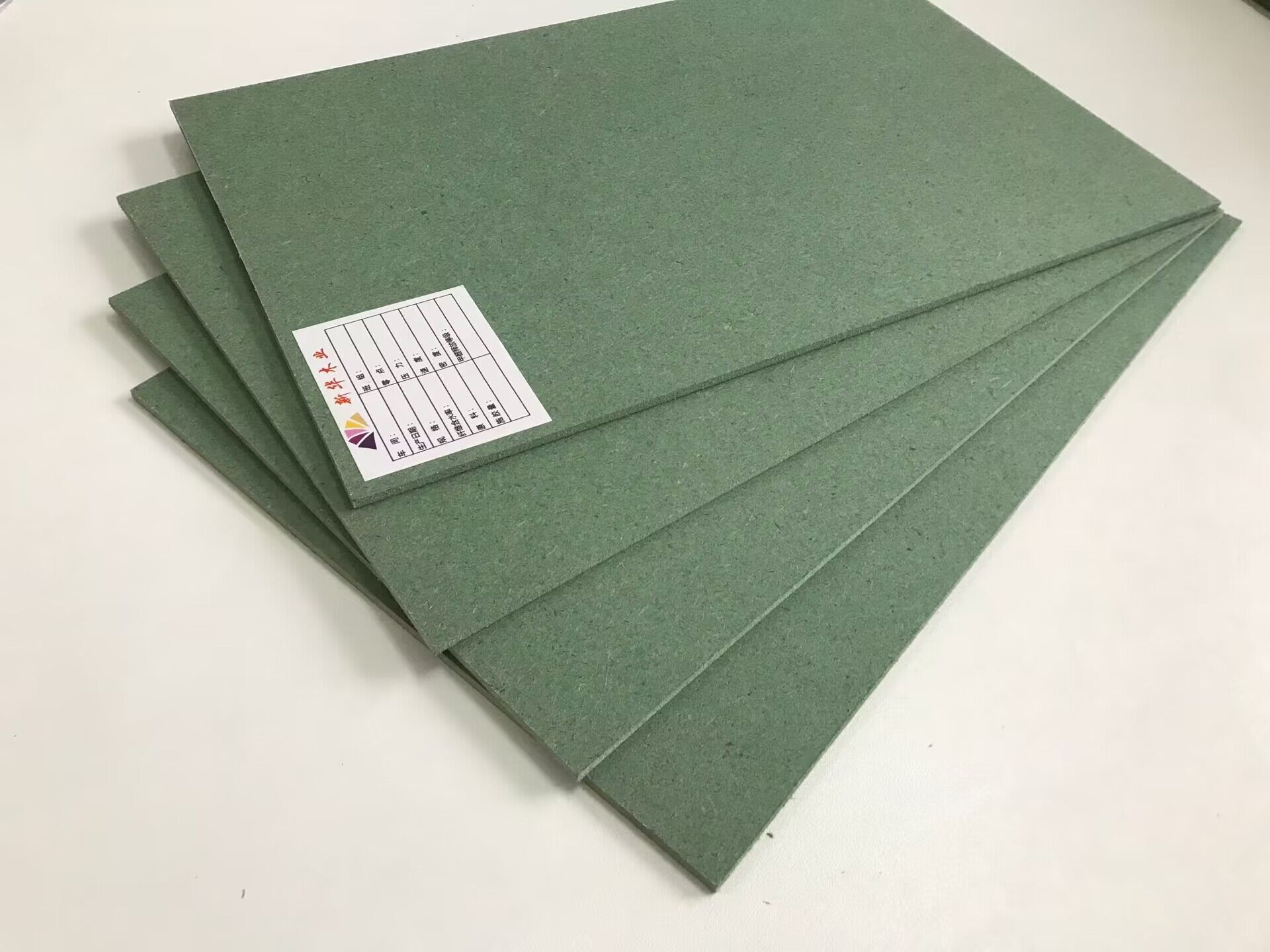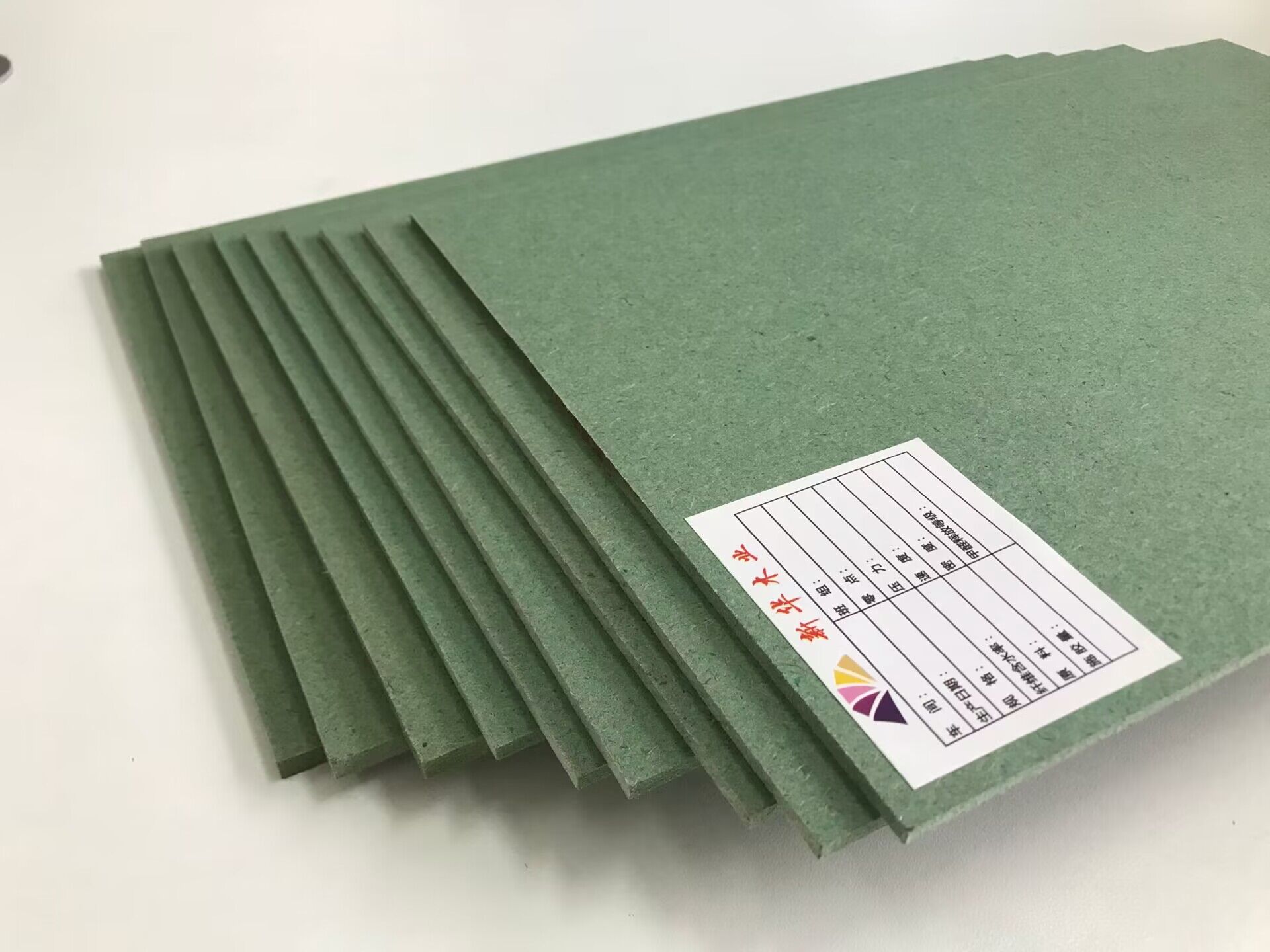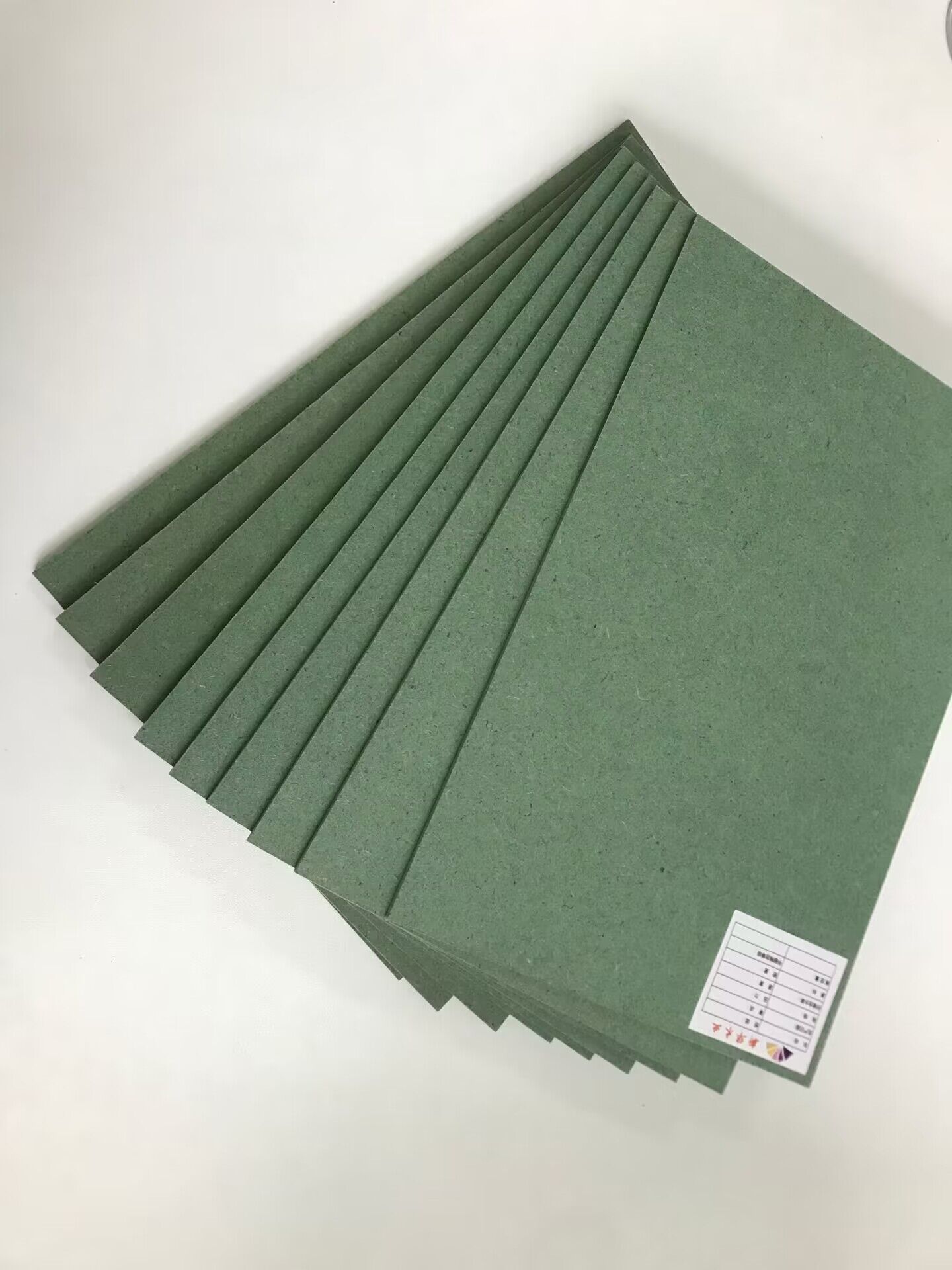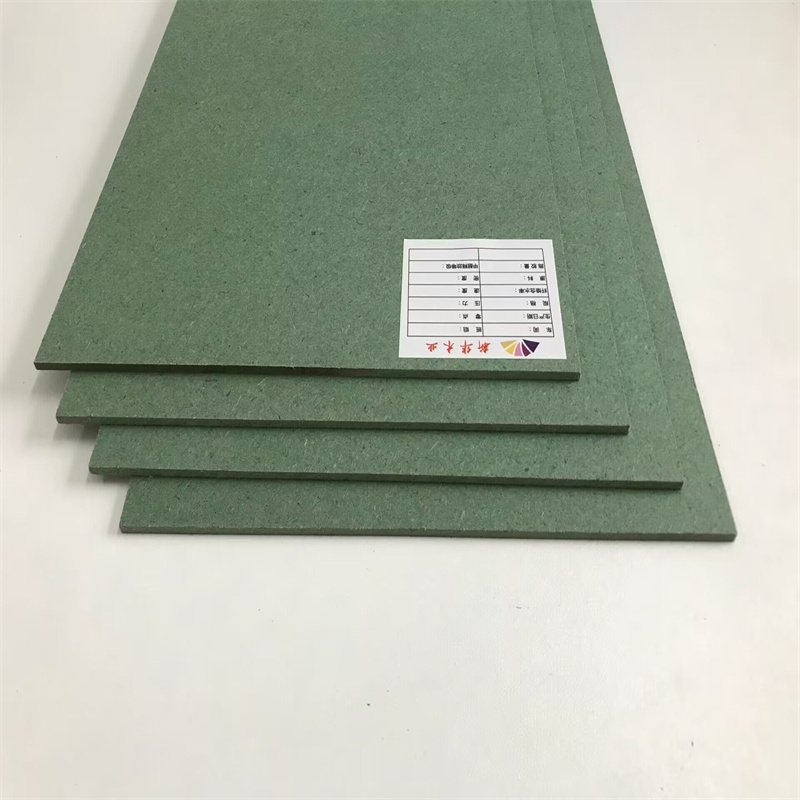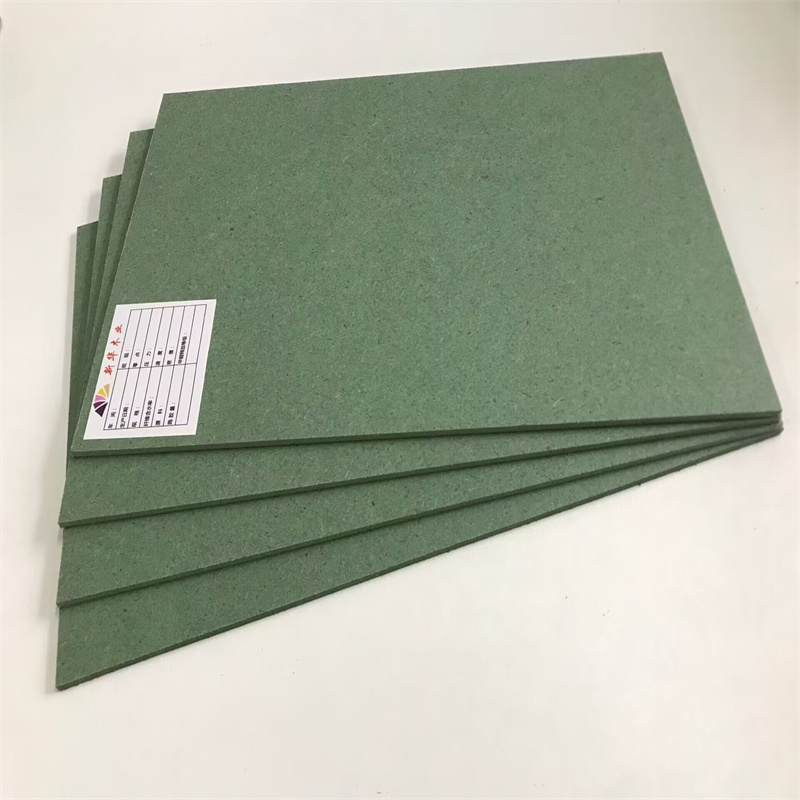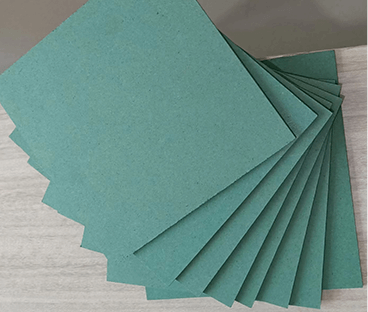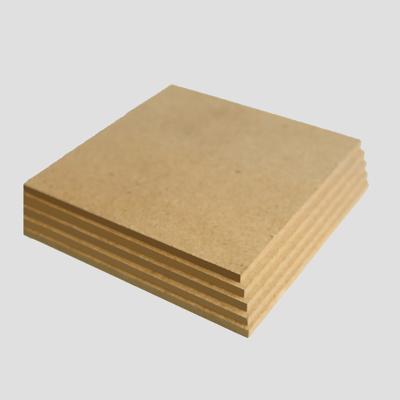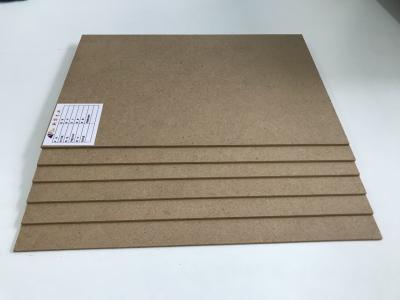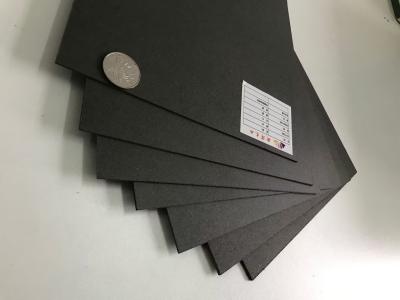Waterproof Fiberboard
Medium density fiberboard is a kind of man-made board made of wood or plant fiber through mechanical separation and chemical treatment, mixed with adhesives and waterproof agents, and then molded under high temperature and pressure.
The structure of MDF is more uniform than that of natural wood, which also avoids problems such as decay and moth eaten. At the same time, MDF has less expansion and contraction, which is convenient for processing. Because the surface of MDF is flat, it is easy to stick various finishes, which can make the furniture more beautiful. All kinds of decorative wood-based panels beautify the home.
The basic unit of fiberboard is separated wood fibers or fiber bundles. The raw materials for fiber production mainly come from forest cutting residues, such as branches, shoots, small diameter wood, etc; And wood processing residues, such as board edges, shavings, sawdust, etc. In addition, the wastes from chemical processing of forest products (such as tannin extract and hydrolytic residues) and other plant stems can be used to produce fibers. The fiber content of coniferous wood is high, and the fiber length is 30-50% longer than that of hardwood. If hardwood is used, it needs to be treated first: it can be mixed with needle and hardwood for pulping, or the wood chips can be treated by chemical methods, or hot water and steam can be used. Before fiber separation, raw materials are cut into 20~30mm long, 3~5mm thick and 15~25mm wide slices with a chipper. The wood chips are too large to soften or soften unevenly during preheating and pulping, and the fiber separation is small; If the wood chips are too short, the proportion of fibers to be cut is large, and the interweaving performance is poor, leading to the decline of the strength of the fiberboard. The sawn wood chips are sent to the silo after screening, re crushing, water washing and other processes for fiber separation.
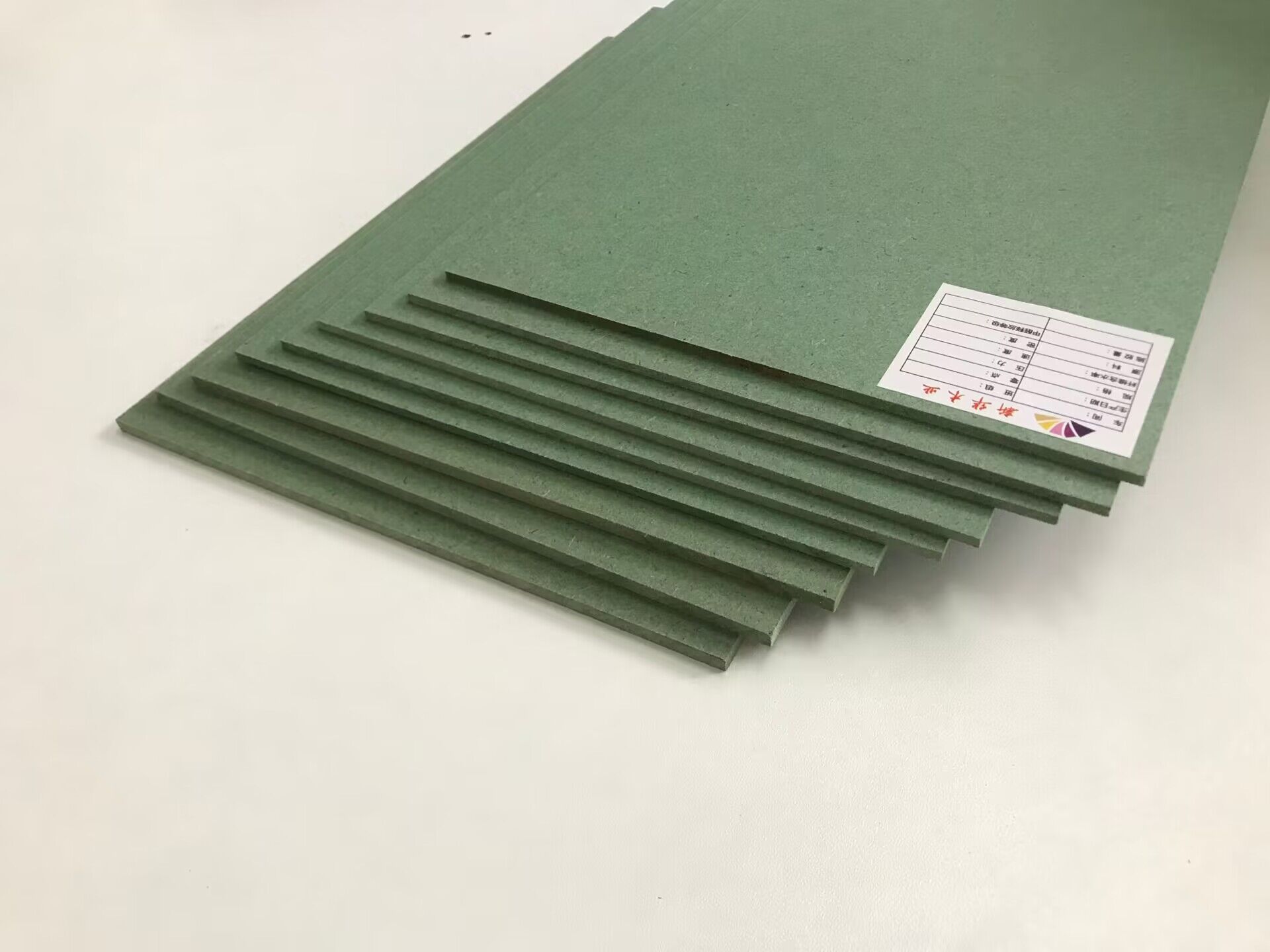
Production process of Waterproof fiberboard
There are three methods: wet method, dry method and semi dry method. The wet production process uses water as the carrier of fiber transportation, and its mechanism is to make fiberboard with certain strength under the action of friction generated by interweaving between fibers, binding force generated by molecules on the fiber surface, and bonding force generated by fiber contents. The dry production process uses air as the fiber transportation carrier. The fiber is prepared by a one-time separation method, which generally does not need to be finely ground and requires the application of adhesives. The fiber should be dried before the slab is formed, and no heat treatment is usually required after hot pressing. Other processes are the same as the wet process. The semi dry production process also uses air flow molding. The fiber does not need to be dried to maintain a high moisture content, and does not use or use less rubber. Therefore, the semi dry method overcomes the main shortcomings of the dry method and the wet method and maintains some of its advantages.
Equipment of Waterproof fiberboard
